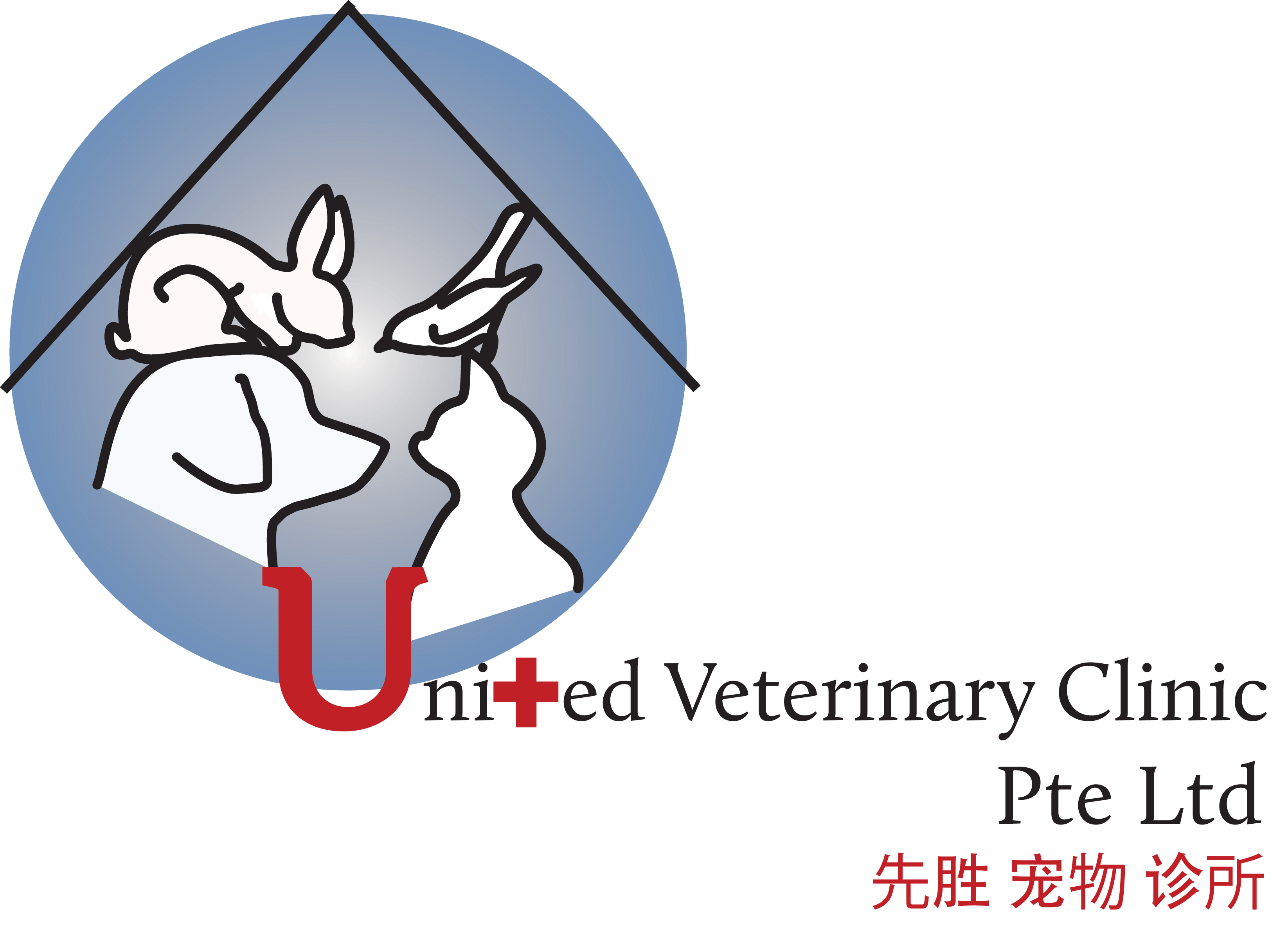Skin Tests
At United Veterinary Clinic, we perform various types of skin tests to investigate the underlying cause of your pet’s skin issues. Common causes are typically due to underlying bacterial, fungal or parasitic infections. Allergies (food and environmental) and metabolic diseases (Cushing’s, Hypothyroid) can lead to skin problems too.
You may expand on the following headers for more information on each test.
Skin scrape is a very useful diagnostic tool for identifying skin parasites, especially mites.
How is a skin scrape performed?Skin lesions are scraped using a blunt scalpel to collect debris from that lesions. Debris is mixed with mineral oil on a microscope slide and examined microscopically.
What are the diagnostic benefits of a skin scrape?Skin scrape helps to definitively diagnose parasites, especially mites. For example, Demodex and Sarcoptes in dogs, Sarcoptes in rabbits, and Knemidocoptes in birds. The appropriate treatment can be given based on the species of mite identified.
Sticky tape impression smear is the cytologic examination of skin lesions under the microscope.
How is a sticky tape impression test?A sticky tape is directly impressed on the active skin lesions. The sample is then stained with a special dye and examined under the microscope.
What are the diagnostic benefits of a sticky tape impression test?Cytology of the skin helps to identify the presence of bacteria, yeast and characterized inflammatory infiltrates.
A test to confirm the presence of dermatophyte infection aka ringworm, a type of fungal infection that can spread to other animals and humans.
How is dermatophyte culture performed?Strands of hair from the lesions are plucked off and placed onto the culture media. Dermatophyte culture is then checked on day 3 to 5 for any growth and change in color of the culture media. No change in color signifies a negative test, while a change of color to red will be noted positive for ringworm infection.
What are the diagnostic benefits of a dermatophyte culture?A dermatophyte culture will confirm if ringworm is the main causative pathogen we are dealing with and if our treatment is appropriate.
What is a trichogram?
A trichogram is the evaluation of hairs using a microscope. It can help in detecting parasites (e.g. Demodex mites), changes in the cortex of the hair, pigmentary changes and other conditions and/or abnormalities.
How is a trichogram performed?
Hair samples from active lesions are taken and examined microscopically.
What are the diagnostic benefits of a trichogram?
Trichograms can definitively diagnose the presence of mites.
Please do not hesitate to contact us at 6455 6880 if you have any queries.




